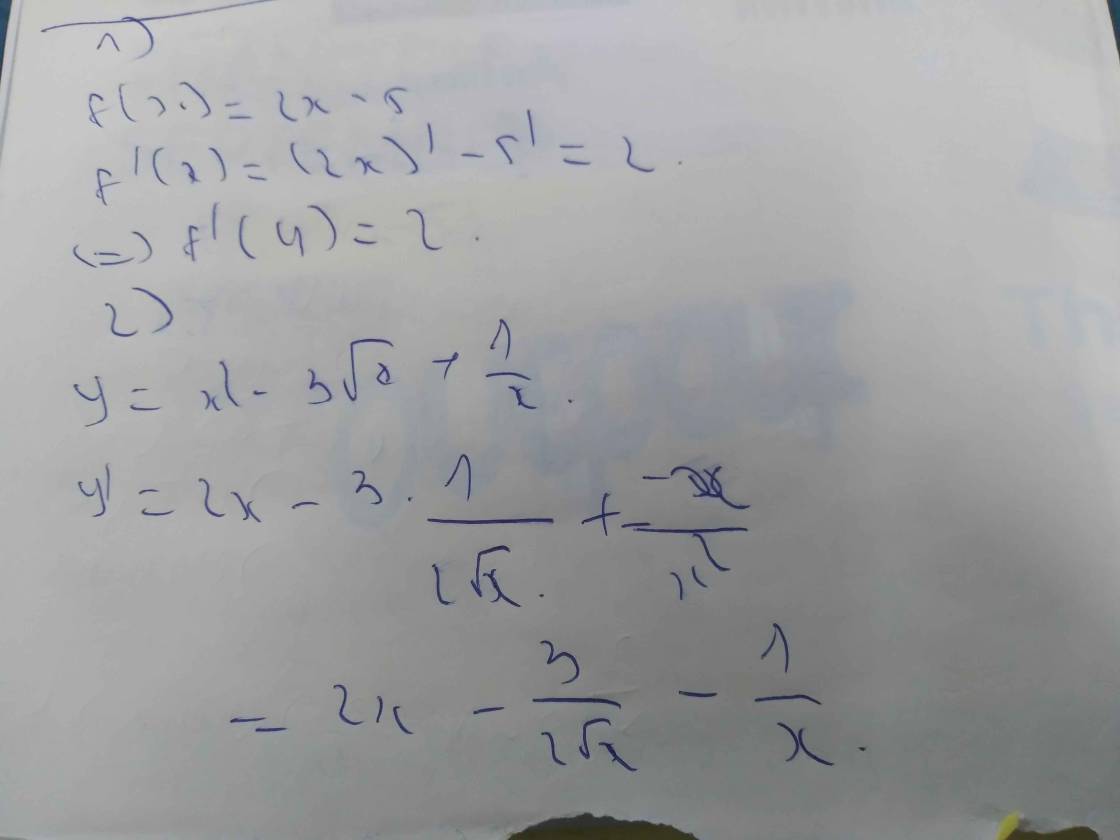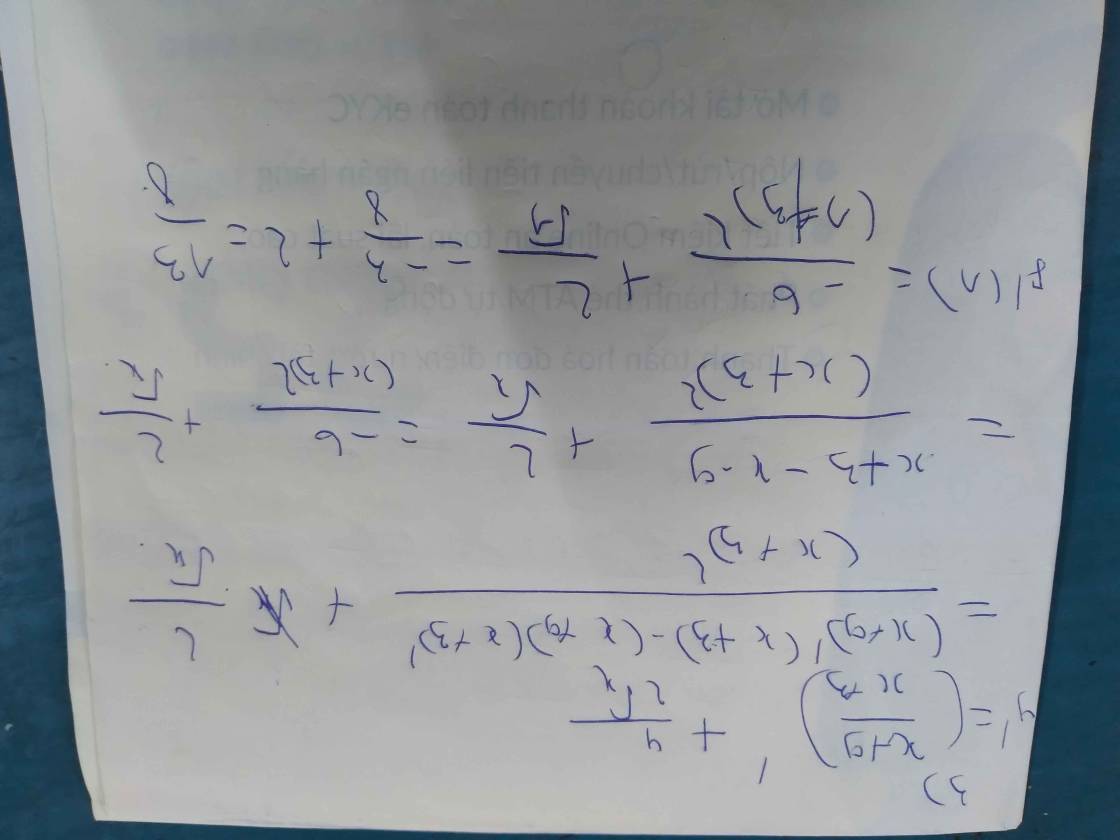Cho hàm số \(y = \frac{1}{3}{x^3} - 3{x^2} + 8x + 1\).
a) Tính đạo hàm \(f'\left( x \right)\) và tìm các điểm mà tại đó đạo hàm \(f'\left( x \right)\) bằng 0.
b) Lập bảng biến thiên của hàm số.
c) Từ bảng biến thiên suy ra các điểm cực trị của hàm số.





a) Tập xác định: \(D = \mathbb{R}\).
\(y' = {x^2} - 6x + 8\), \(y' = 0 \Leftrightarrow {x^2} - 6x + 8 = 0 \Leftrightarrow \left[ \begin{array}{l}x = 4\\x = 2\end{array} \right.\)
Vậy \(x = 4;x = 2\) thì \(f'\left( x \right) = 0\)
b) Bảng biến thiên:
c) Từ bảng biến thiên ta có:
Hàm số \(y = \frac{1}{3}{x^3} - 3{x^2} + 8x + 1\) có điểm cực đại là \(\left( {2;\frac{{23}}{3}} \right)\).
Hàm số \(y = \frac{1}{3}{x^3} - 3{x^2} + 8x + 1\) có điểm cực tiểu là \(\left( {4;\frac{{19}}{3}} \right)\).